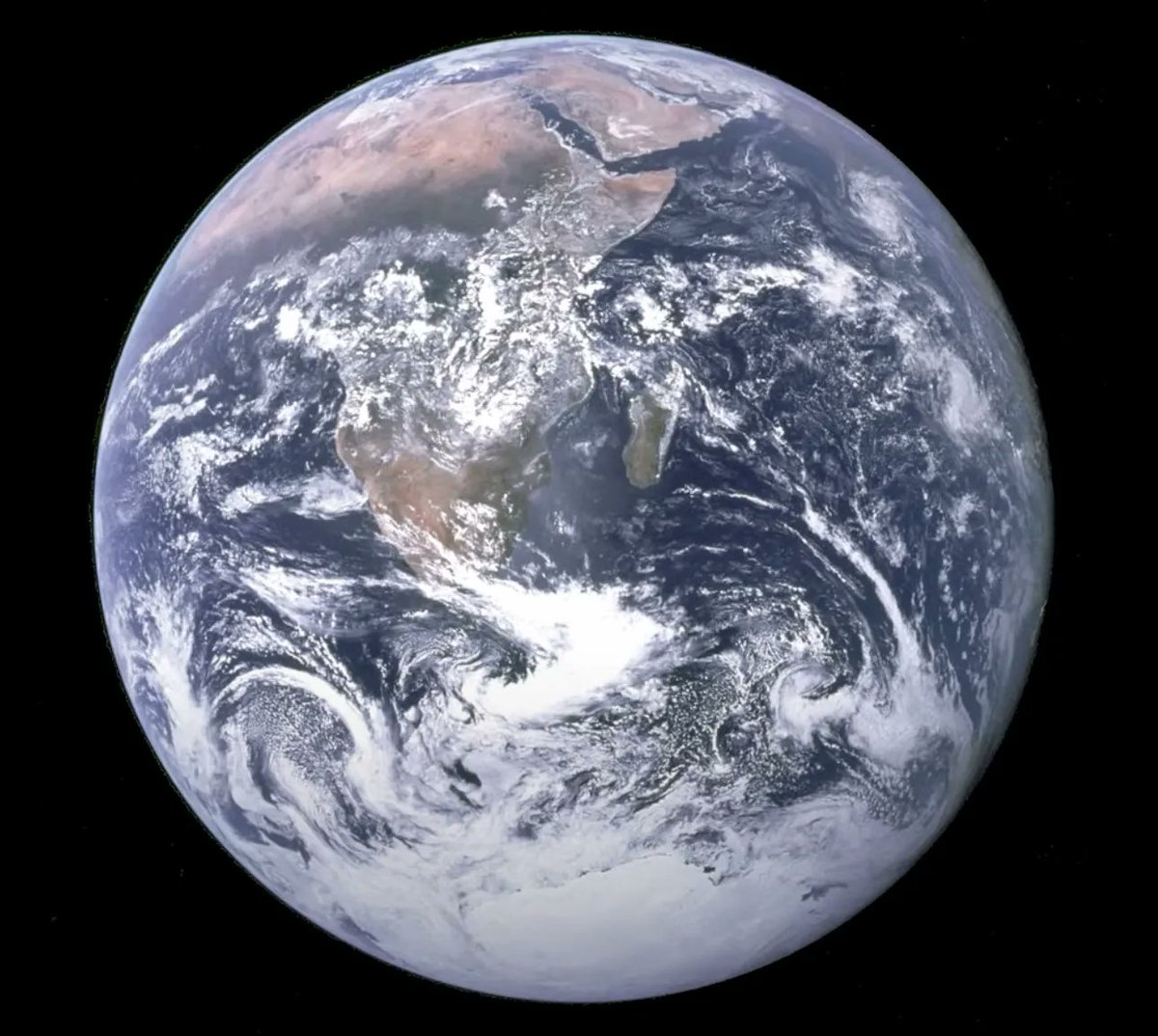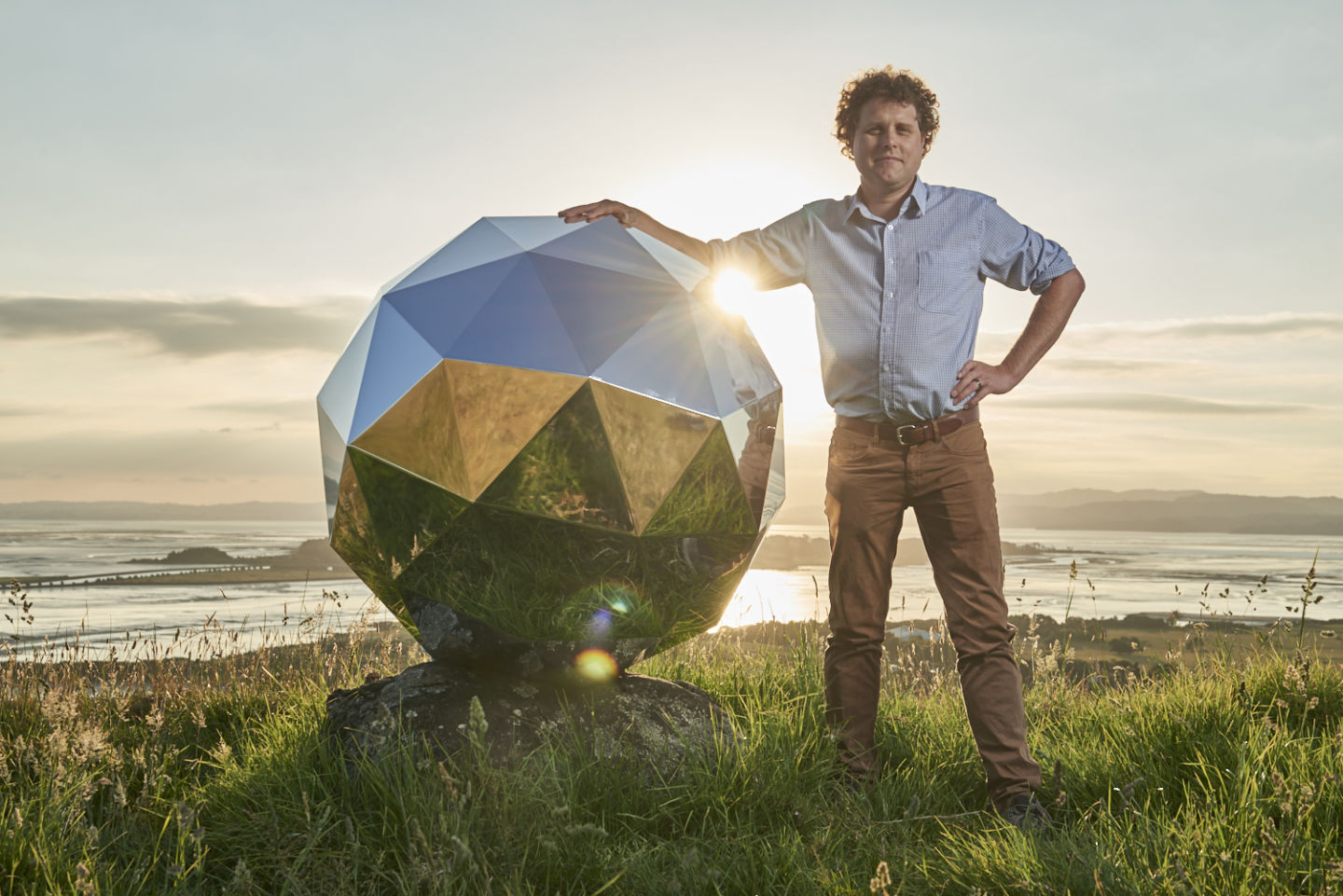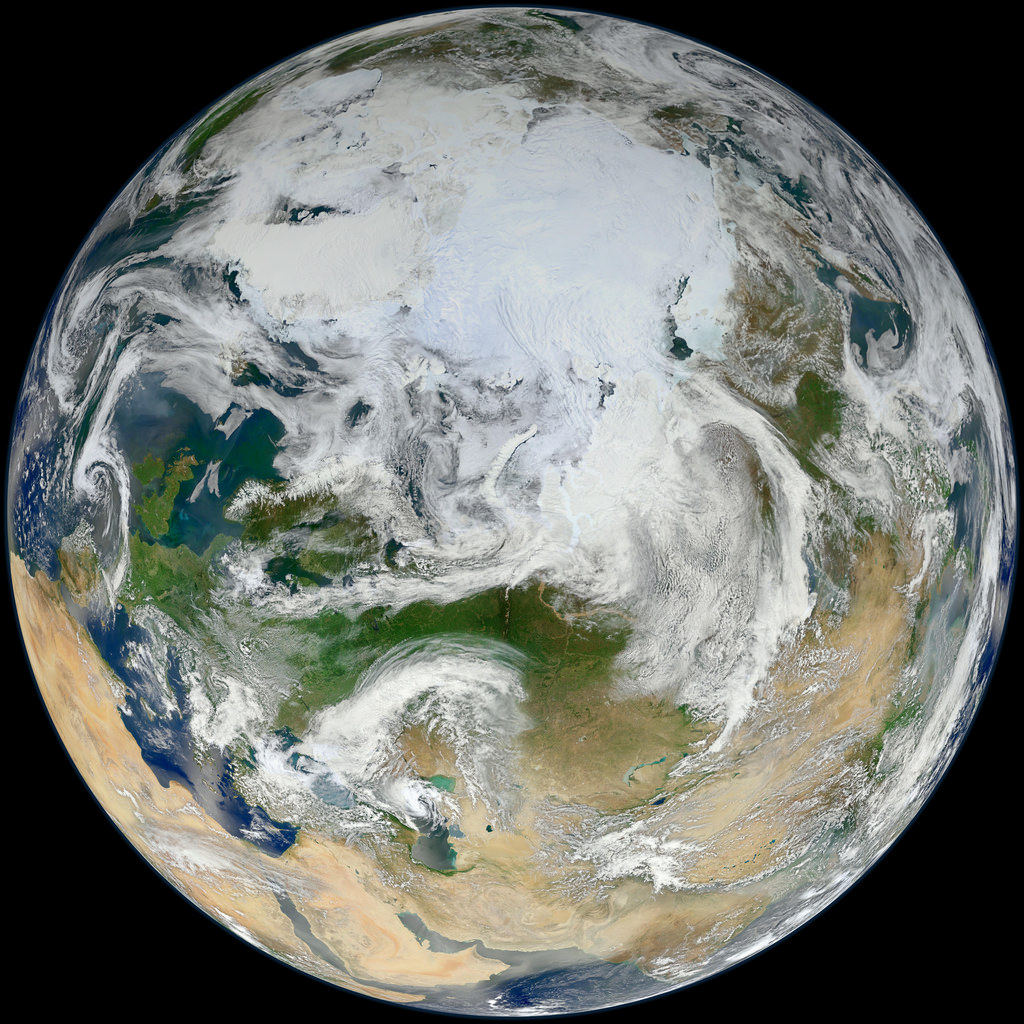The “Blue Marble” was one of the most iconic pictures of the Apollo era. Taken by the astronauts of Apollo 17 on their return trip from the moon, the first fully illuminated image of the Earth taken by a person captured how the world looked on December 7th, 1972, just over 50 years ago. Now, a team from the Max Planck Institute for Meteorology has recreated that iconic image using a climate model.
Continue reading “A Supercomputer Climate Model is so Accurate it Predicted the Weather Patterns Seen in the Famous 1972 “Blue Marble” Image of Earth”Perhaps the Best Part of Electron’s Successful Launch was its Payload: the Humanity Star
This past weekend, the New Zealand-based aerospace company Rocket Lab reached another milestone. On Sunday, January 21st, the company conducted the second launch – the first having taken place this past summer – of its Electron booster. This two-stage, lightweight rocket is central to the company’s vision of reducing the costs of individual launches by sending light payloads to orbit with regular frequency.
This mission was also important because it was the first time that the company sent payloads into orbit. In addition to several commercial payloads, the launch also sent a secret payload into orbit at the behest of the company’s founder (Peter Beck). It is known as the “Humanity Star“, a disco-like geodesic sphere that measures 1 meter (3.3 ft) in diameter and will form a bright spot in the sky that will be visible to people on Earth.
The Humanity Star is central to Beck’s vision of how space travel can improve the lives of people here on Earth. In addition to presenting extensive opportunities for scientific research, there is also the way it fosters a sense of unity between people and nations. This is certainly a defining feature of the modern space age, where cooperation has replaced competition as the main driving force.
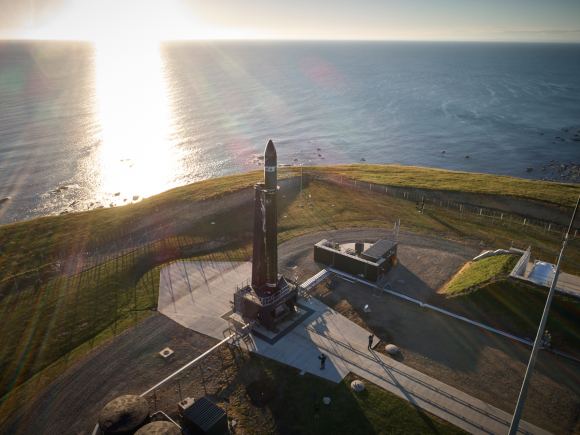
As Beck explained to ArsTechnica in an interview before the launch:
“The whole point of the program is to get everybody looking up at the star, but also past the star into the Universe, and reflect about the fact that we’re one species, on one planet. This is not necessarily part of the Rocket Lab program; it’s more of a personal program. It’s certainly consistent with our goal of trying to democratize space.”
Like the Electron rocket, the Humanity Sphere is made of carbon fiber materials and it’s surface consists of 65 highly-reflective panels. Once it reaches an orbit of 300 by 500 km (186 by 310 mi), it will spend the next nine months there reflecting the light of the Sun back to Earth. Whether or not it will be visible to the naked eye remains to be seen, but Rocket Lab is confident it will be.
According to Beck, the sphere will be more visible than a Iridium flare, which are easily spotted from the surface. These flares occur when the solar panels or antennae of an Iridium satellite reflect sunlight in orbit. “Most people will be familiar with the Iridium flares, and this has got much, much more surface area than an Iridium flare,” Beck said. “In theory, it will be easy to find.”
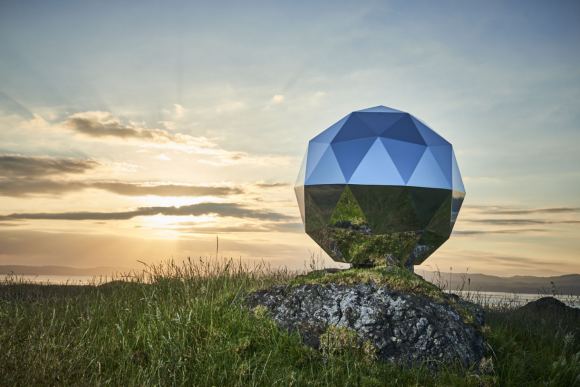
Beck got the idea for the project from talking to people about where they live. In his experience, people tend to think of their locality or nationality when they think of home. Whereas many people he had spoken to were aware that they lived on planet Earth, they were oblivious to where the Earth resided in the Solar System or the Universe at large. In this respect, the Humanity Sphere is meant to encourage people to look and think beyond.
As he states on the website the company created for the Humanity Sphere:
“For millennia, humans have focused on their terrestrial lives and issues. Seldom do we as a species stop, look to the stars and realize our position in the universe as an achingly tiny speck of dust in the grandness of it all.
“Humanity is finite, and we won’t be here forever. Yet in the face of this almost inconceivable insignificance, humanity is capable of great and kind things when we recognize we are one species, responsible for the care of each other, and our planet, together. The Humanity Star is to remind us of this.
“No matter where you are in the world, rich or in poverty, in conflict or at peace, everyone will be able to see the bright, blinking Humanity Star orbiting Earth in the night sky. My hope is that everyone looking up at the Humanity Star will look past it to the expanse of the universe, feel a connection to our place in it and think a little differently about their lives, actions and what is important.
“Wait for when the Humanity Star is overhead and take your loved ones outside to look up and reflect. You may just feel a connection to the more than seven billion other people on this planet we share this ride with.”
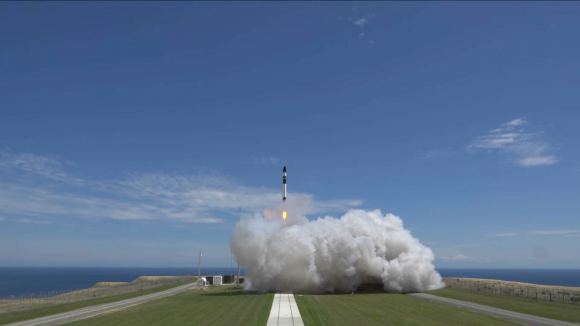
The Humanity Star can also be tracked via the website. As of the penning of this article, it is moving south of the equator and should be visible to those living along the west coast of South America. So if you live in Colombia, Peru or Chile, look to the western skies and see if you can’t spot this moving star. After passing south over Antarctica, it will reemerge in the night skies over Central Asia.
Without a doubt, the Humanity Sphere is an inspired creation, and one which is in good company. Who can forget the “Blue Marble” picture snapped by the Apollo 17 astronauts, or Voyager 1‘s “pale blue dot” photo? And even for those who are too young to have witnessed it, the images of Neil Armstrong and Buzz Aldrin setting foot on the Moon still serve to remind us of how far we’ve come, and how much still awaits us out there.
Further Reading: ArsTechnica
Blue Marble 2012: The Arctic Edition
This latest portrait of Earth from NASA’s Suomi NPP satellite puts the icy Arctic in the center, showing the ice and clouds that cover our planet’s northern pole. The image you see here was created from data acquired during fifteen orbits of Earth.
In January of this year Suomi NPP images of Earth were used to create an amazing “Blue Marble” image that spread like wildfire across the internet, becoming one of the latest “definitive” images of our planet. Subsequent images have been released by the team at Goddard Space Flight Center, each revealing a different perspective of Earth.
See a full-sized version of the image above here.
NASA launched the National Polar-orbiting Operational Environmental Satellite System Preparatory Project (or NPP) on October 28, 2011 from Vandenberg Air Force Base. On Jan. 24, NPP was renamed Suomi National Polar-orbiting Partnership, or Suomi NPP, in honor of the late Verner E. Suomi. It’s the first satellite designed to collect data to improve short-term weather forecasts and increase understanding of long-term climate change.
Suomi NPP orbits the Earth about 14 times each day and observes nearly the entire surface of the planet.
Image credit: NASA/GSFC/Suomi NPP

